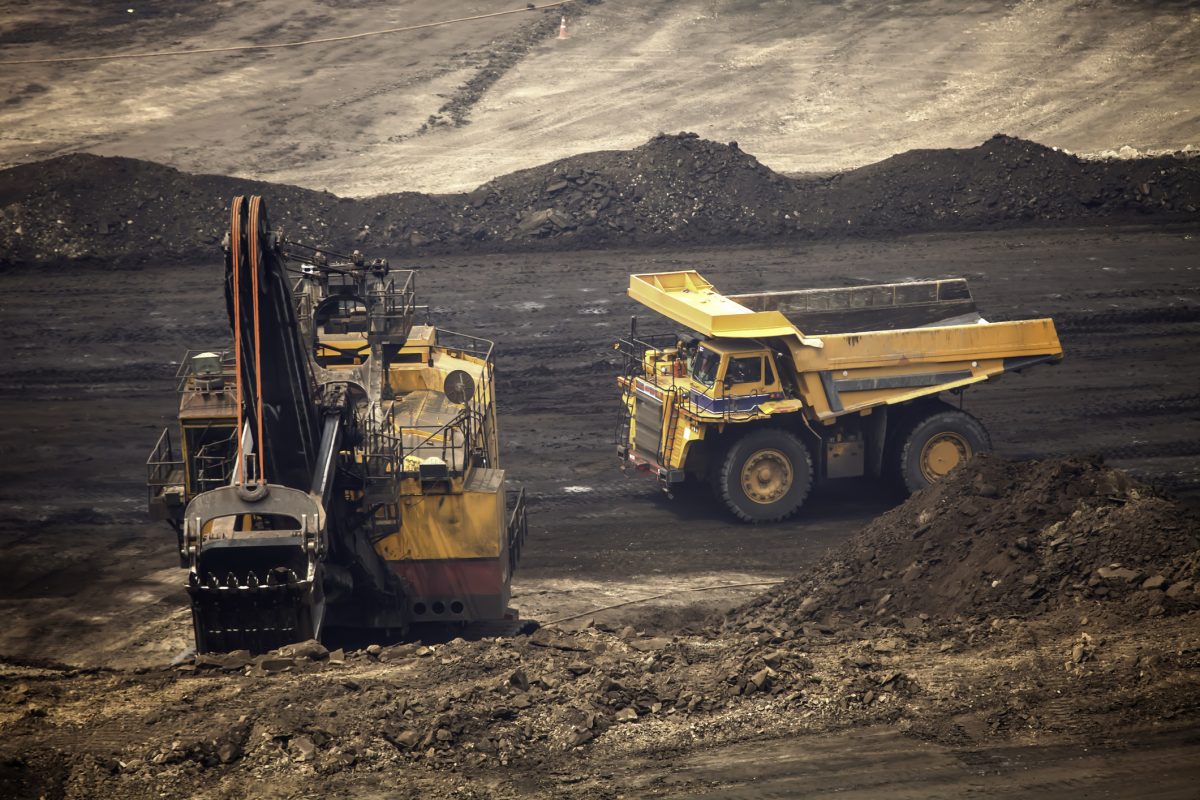Kangankunde venture is now fully permitted for construction, mining, and processing.
Australian mining company Lindian Resources is now fully permitted to commence operation on its Kangankunde rare earth project in the Southeastern African country of Malawi. The company announced Tuesday (PDF) that it received approval to extract groundwater at the operation in the country’s south, marking the final step in the permitting phase. According to Lindian’s half-year report (PDF), Kangankunde is rich in neodymium and praseodymium. The two light rare earths are predominantly used to produce high-power permanent magnets used in electric vehicle motors and wind turbines, for example. The report also disclosed the currently estimated resources contained in the project. At 261 million tons of resource with an average of 2.19 percent total rare earth oxides, Lindian estimates Kangankunde to contain 5.72 million tons of rare earths, of which 20.2 percent are neodymium and praseodymium. This places the project among the world’s largest rare earth deposits. The company added that it will release its feasibility study for the first mining and processing stage later this quarter and publish updated resource updates and an ore reserve estimation ahead of the study.
Malawi: Kangankunde Not the Only Rare Earth Project
Lindian’s Kangankunde project is not the only rare earth venture in the small African country. At a third of the size of Germany, for example, Malawi is one of Africa’s smallest nations. However, the country is gaining attention in the field of critical minerals. Besides Lindian, Canadian miner Mkango is also developing a rare earth project. The Songwe Hill project in the country’s southeast is the company’s furthest developed venture, but Mkango also holds multiple other exploration projects in Malawi. In addition, a study by the U.S. Geological Survey (PDF) shows that the country is home to gold, titanium, graphite, and zirconium deposits as well.
Photo: iStock/nattanan726


